Indian Salmon (Rawans) — Rich, Tender & Perfect for Frying, Curry & Grilling
Indian Salmon — locally known as Rawans — is one of the most flavorful and nutritious fish you can bring to your kitchen. With its beautiful orange-pink flesh, tender texture, and naturally rich taste, Rawans is perfect for both traditional desi recipes and simple continental-style meals.
Unlike other oily fish, Indian Salmon has a smooth, clean flavor that works equally well in frying, grilling, baking, tawa recipes, and spicy Karachi-style curry. It stays moist during cooking and absorbs spices wonderfully, making every bite soft, juicy, and full of depth.
Freshly sourced and chilled for maximum freshness, our Rawans gives you premium quality and authentic salmon taste straight from the Arabian Sea.
Similar Fish to Try
If you enjoy the rich, soft texture of Indian Salmon, you may also like: Hawaiian Salmon, Steelhead, Mahi Mahi, or Red Snapper (Heera) for premium fish options.
Nomenclature
- English Name: Indian Salmon, Threadfin Salmon
- Local Name: Rawans, Ramas, Seeri, and Lakwa
- Scientific Name: Eleutheronema Tetradactylum
Habitat
Salmon Fish (Rawans) is a Sea fish that mainly lives near Creeks, estuaries, and Brackish waters (A point where the river meets the Sea)
Catching Method
Salmon Fish is caught using Gillnets, Hook lines, and Bottom Trawling
Physical Attributes
Indian Salmon Fish (Rawans) has Scales on the body. Anterior 1/3 of the lower jaw with small teeth extending onto the lateral surface. Swim bladder with many appendages inserted into lateral walls of the abdominal cavity; 18–21 gill rakers on 1st-gill arch.
Color
Head and upper sides of trunk tinged slightly blackish brown; distal part of 1st and 2nd dorsal fins and caudal fin blackish; the base of pectoral filaments dusky yellowish grading to blackish posteriorly; pectoral fin membrane deep black.
Size
On average, Indian Salmon Fish size range is 0.5 kg to 5 kg per fish. However, larger sizes are also occasionally available.
Cutting Preferences
Indian Salmon (Rawans) is preferred for Slices, Boneless Fillets, Boneless Biscuits, and Boneless Fingers
Approx. Cutting Yields
- Whole: 100%
- Gutted: 78%
- Headless and Gutted: 64%
- Slices: 70%
- Boneless: 44%
Why Choose Indian Salmon (Rawans) from Anbar Fish?
Rich, Deep Flavor – A favorite for bold seafood dishes
Soft, Tender Meat – Moist and juicy when cooked
High Nutritional Value – Loaded with omega-3 & healthy fats
Perfect for All Cooking Styles – Frying, grilling, curry, baking
Fresh & Clean Delivery – Hygienically prepared and chilled
Health Benefits of Indian Salmon
High in Omega-3 Fatty Acids – Supports heart, skin, and brain health
Excellent Protein Source – Great for strength and muscle recovery
Rich in Vitamin D – Boosts immunity & bone health
Contains B-Vitamins – Helps energy, metabolism & nerve function
Healthy Natural Fats – Keeps meals satisfying and nutritious
Cooking Inspiration
Rawans Fish Fry – Crispy outside, moist and flavorful inside
Indian Salmon Masala Curry – Perfect with rice or chapati
Grilled Salmon Steaks – Smoky, juicy, and packed with flavor
Pan-Seared Salmon – Simple and restaurant-style
Oven-Baked Indian Salmon – A healthy, delicious option
Tip: Salmon tastes best when cooked on medium heat — too much heat can dry it out.
Salmon Fish (Indian Salmon / Rawans) — FAQ
| Question | Answer |
|---|---|
| Does Rawans taste like imported salmon? | Similar, but slightly stronger and richer in flavor. |
| Is it delivered fresh or frozen? | Delivered fresh and chilled; frozen available on request. |
| Can I fry Indian Salmon? | Yes — it fries beautifully and stays moist. |
| Is Rawans good for curry? | Excellent — it absorbs masala wonderfully. |
| Is it healthy? | Extremely — rich in omega-3, protein, and essential vitamins. |
| Do you offer fillet cuts? | Yes — whole, fillet, and steak options available. |
| Is Indian Salmon suitable for kids? | Yes — soft texture and mild enough for young eaters. |
| Do you deliver across Karachi? | Yes — chilled and hygienic same-day delivery. |
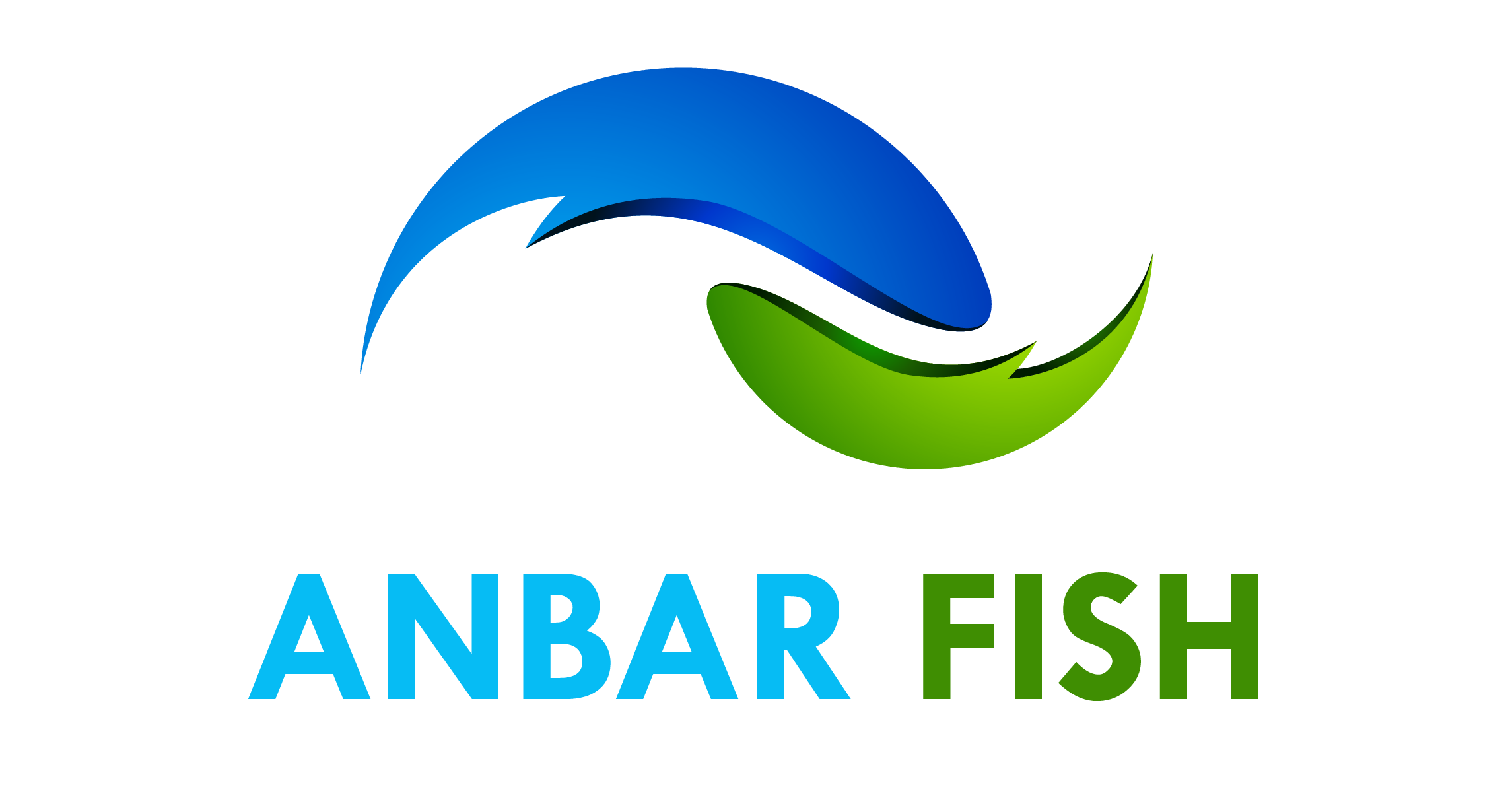
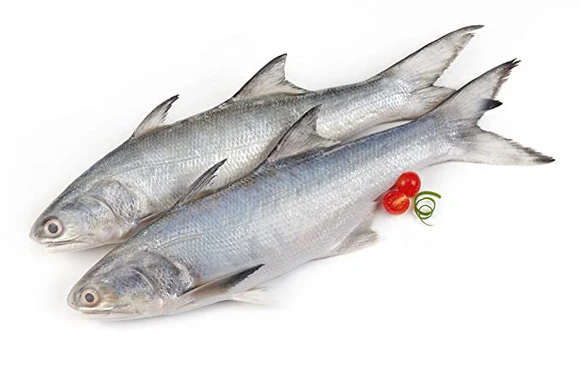

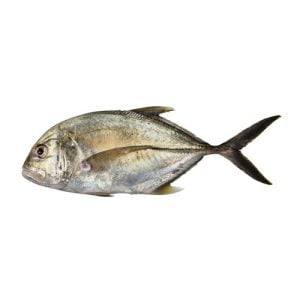
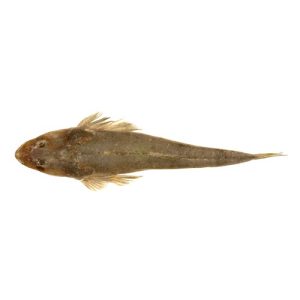
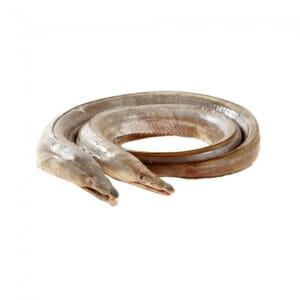

There are no reviews yet.